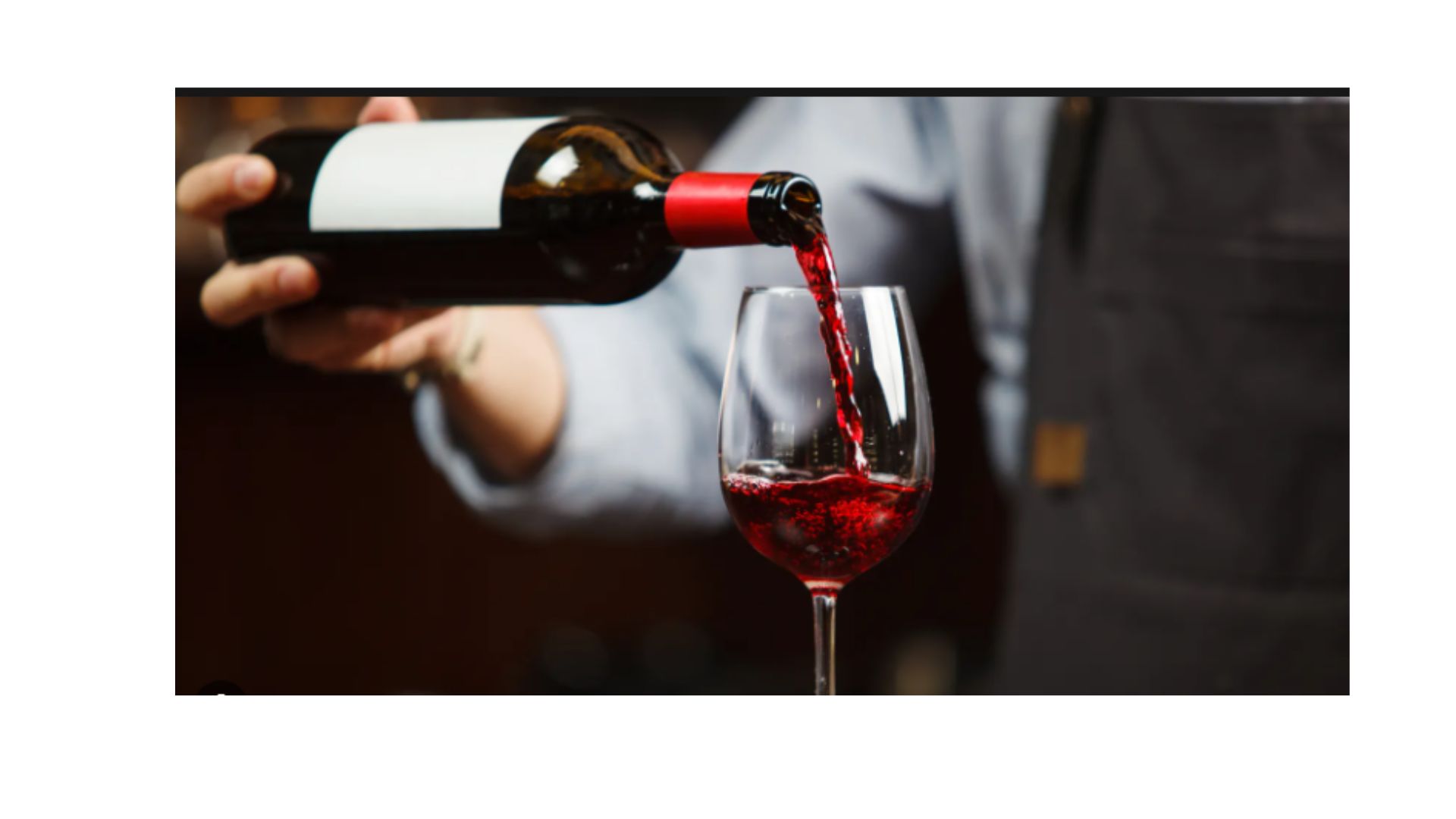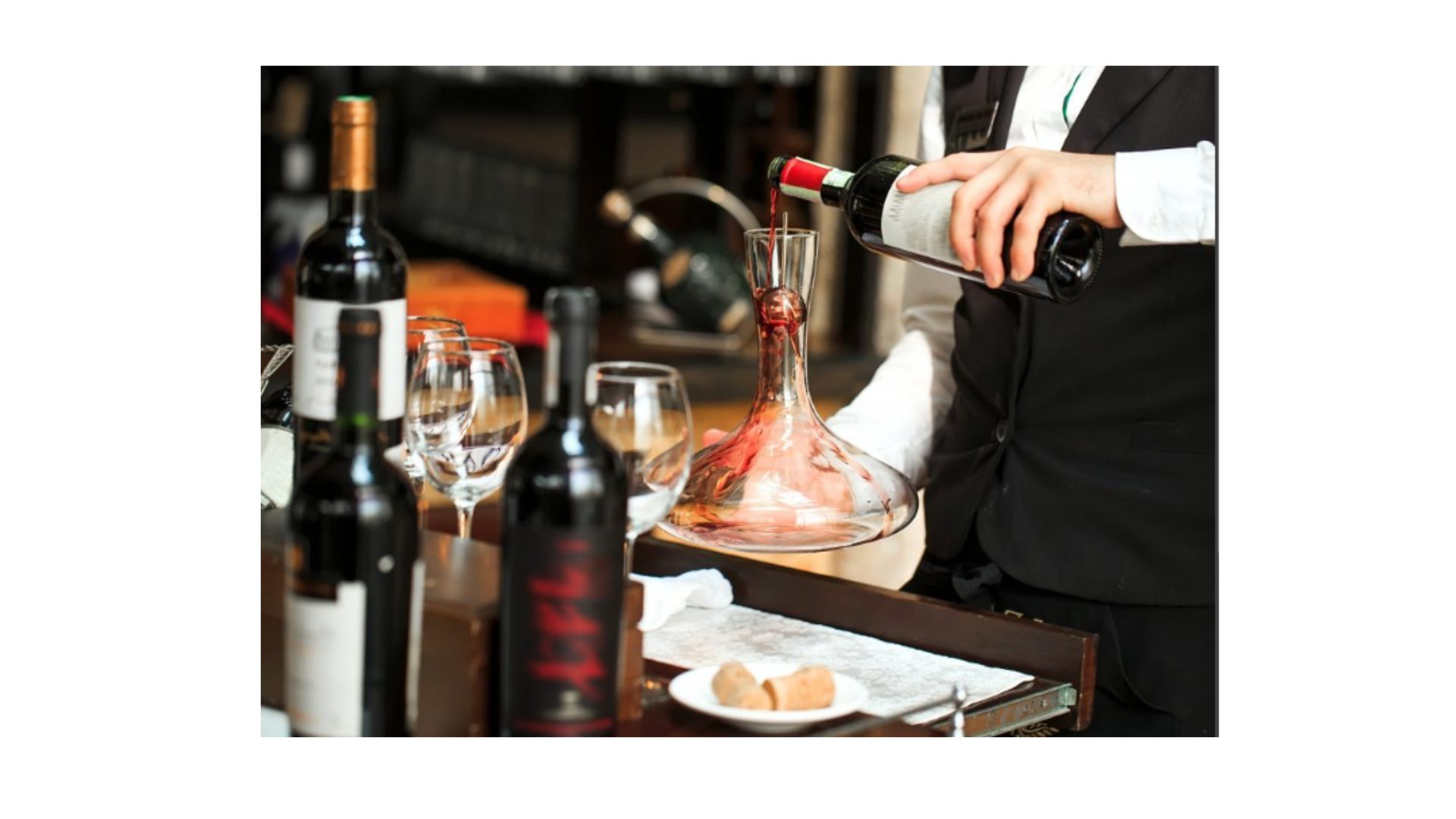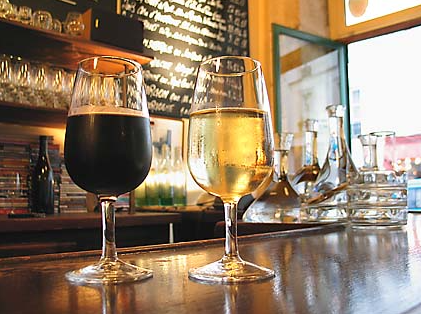The world of wine can seem shrouded in mystery, with terms like “decanting” leaving some feeling a bit lost. But fear not, aspiring sommeliers and curious connoisseurs! Decanting is a simple technique that can elevate your wine experience. This guide will unveil dispensing, its purpose, and how to do it like a pro.
What is Decanting?
Decanting involves transferring wine from its bottle to another vessel, typically a carafe. This seemingly straightforward process offers several advantages for specific types of wine.
The Benefits of Decanting Wine
There are two main reasons to decant wine:
Sediment Removal
Over time, some wines develop sediment, which appears as harmless particles at the bottom of the bottle. Decanting allows you to separate the wine from this sediment, ensuring a smoother drinking experience.
Aeration
Pouring exposes the wine to air, allowing it to “breathe.” This process can soften tannins, which are naturally occurring compounds in red wine that can sometimes taste astringent. Aeration can also enhance the aroma and flavor of the wine, revealing its full potential.
When Should You Decant Wine?
Not all wines require decanting. Here’s a general guideline:
Young, bold red wines
Young red wines often benefit from pouring due to their high tannin content. A short decant (30-60 minutes) can help soften tannins and release aromas.
Mature red wines
For aged red wines, decanting can help remove any sediment that may have developed. A shorter decant (15-30 minutes) is usually sufficient.
White wines (generally)
White wines typically don’t require decanting as they usually don’t have significant tannins or sediment.
When to Skip Decanting
While decanting offers advantages in certain situations, here are some instances where it’s best to avoid it:
Light-bodied red wines
These wines tend to have lower tannin levels and may lose their fruitiness with excessive aeration.
Fragile or delicate wines
Older wines or those with delicate aromas can be negatively affected by prolonged pouring .
Young white wines
Young white wines are best enjoyed fresh and vibrant, and dispensing can diminish their youthful characteristics.
Choosing the Right Decanter
The ideal decanter should be clear and have a wide base for easy sediment separation. The shape and size depend on your needs. A large decanter works well for full-bodied red wines that need ample aeration, while a smaller decanter is suitable for older wines or those requiring minimal decanting time.

The Art of Decanting: A Step-by-Step Guide
Now that you understand the whys and whens of decanting, let’s put theory into practice! Here’s a step-by-step guide:
Gather your tools
You’ll need a decanter, a wine bottle, and a good light source.
Prepare the bottle
Stand the bottle upright for at least 24 hours before decanting. This allows any sediment to settle at the bottom.
Dim the lights
Reduced lighting helps you see the sediment as you pour.
Uncork the bottle
Use a corkscrew carefully to avoid disturbing the sediment.
Start pouring
Hold the bottle at an angle over the decanter and begin pouring slowly.
Monitor the sediment
As you pour, watch for sediment approaching the neck of the bottle.
Stop before the sediment
Once you see sediment nearing the neck, stop pouring to leave it behind in the bottle.
Serve and enjoy
Your wine is now decanted and ready to be enjoyed!
Additional Tips for Successful Decanting
Consider a wine aerator
For quicker aeration, especially for young wines, you can use a wine aerator instead of dispensing.
Experiment and observe
The optimal pouring time can vary depending on the wine. Experiment with different decanting times to find the sweet spot for each bottle.
Clean your decanter
Always wash your decanter with warm water and dish soap after use.
Conclusion
Decanting is a valuable tool for any wine enthusiast. By understanding its purpose, knowing when to use it, and following these simple steps, you can elevate your wine experience and enjoy your favorite vintages at their full potential. So, the next time you open a bottle, consider the benefits of pouring and unlock a world of richer flavors and aromas.



